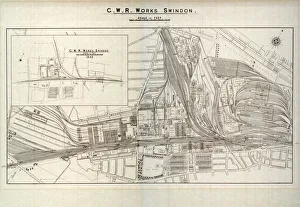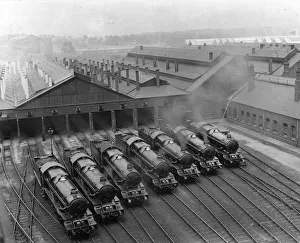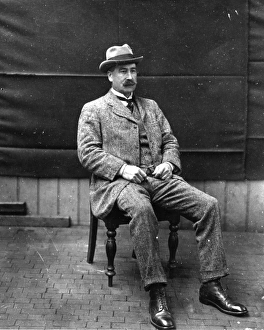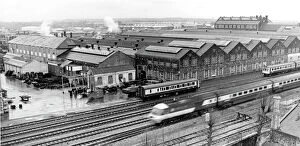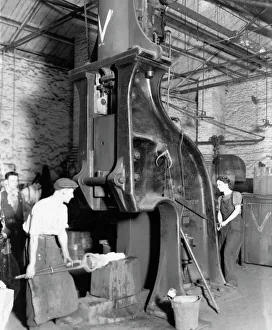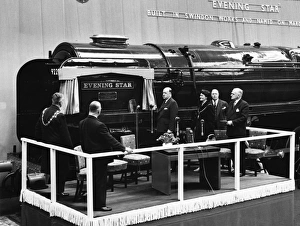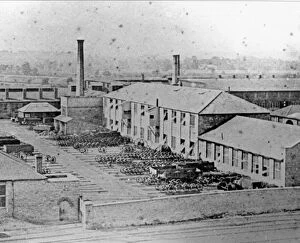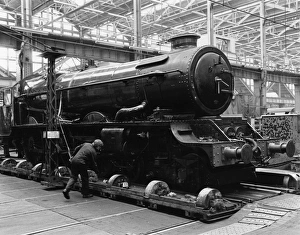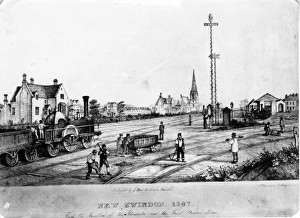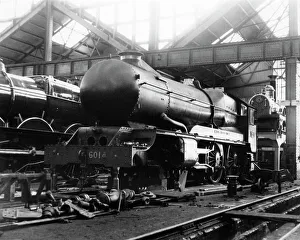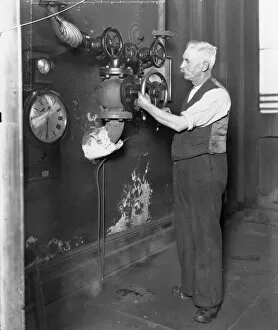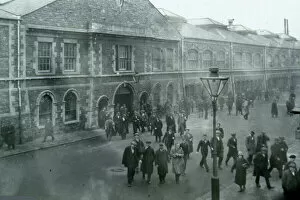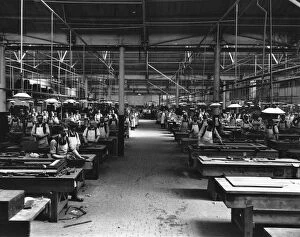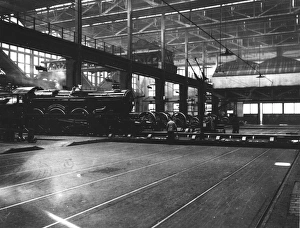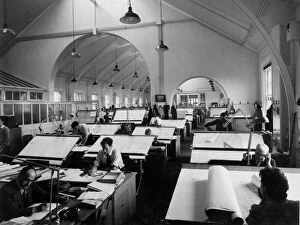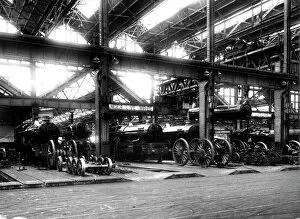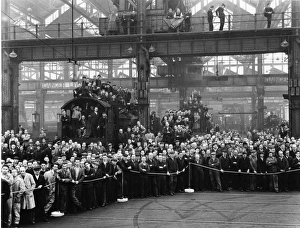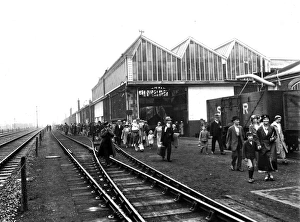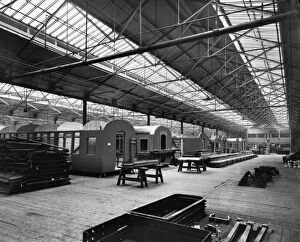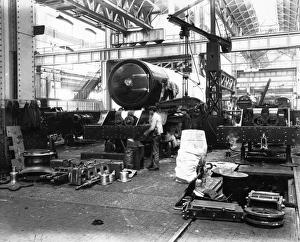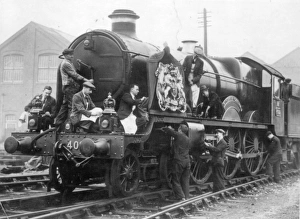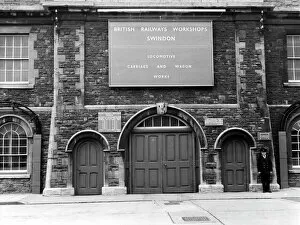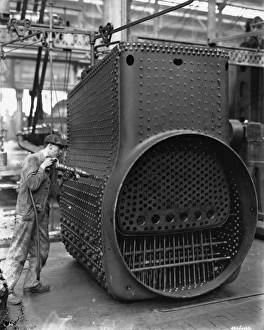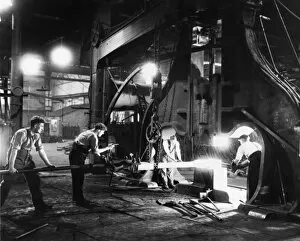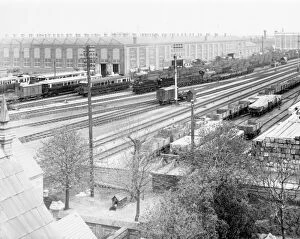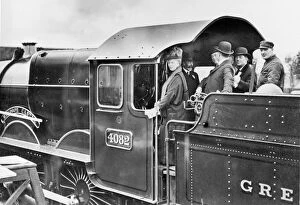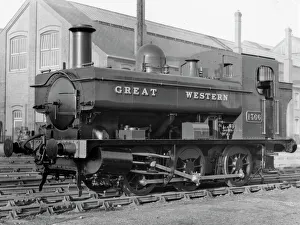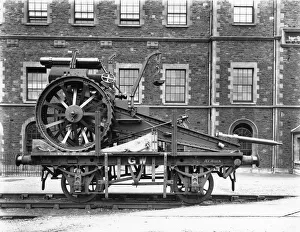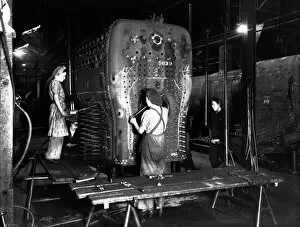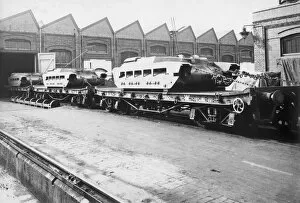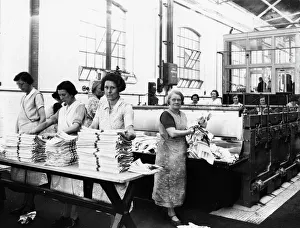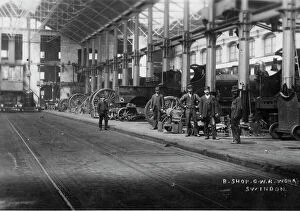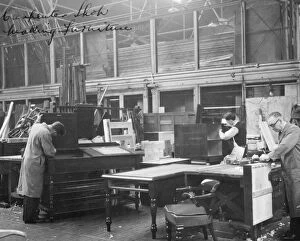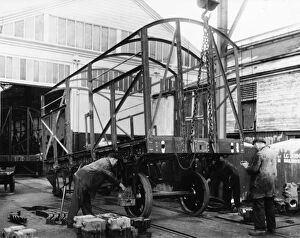Swindon Works Collection
"Swindon Works: A Historical Journey Through Time" Step back in time with this captivating collection of images showcasing the rich history of Swindon Works
All Professionally Made to Order for Quick Shipping
"Swindon Works: A Historical Journey Through Time" Step back in time with this captivating collection of images showcasing the rich history of Swindon Works. Delve into the past as you explore a vintage Swindon Works Map from the 1940s, providing a glimpse into the bustling hub of locomotive production during its heyday. Witness the grandeur and power of 7 King Class Locomotives at Swindon Shed in 1930, an awe-inspiring sight that exemplifies the engineering prowess of this iconic establishment. Meet George Jackson Churchward (1857 - 1933), a visionary engineer whose innovative designs revolutionized railway technology and left an indelible mark on Swindon Works' legacy. Join us on a memorable Swindon Works Trip in 1931, where workers proudly showcase their craftsmanship and dedication to building exceptional locomotives that would traverse Britain's rail network. Marvel at Railway Queen Mabel Kitson as she graces King George V at Swindon in 1928, embodying elegance amidst industrial might. Discover how even during times of conflict, such as World War II, Swindon Works played a vital role by converting LMS coach no. 6204 into an ambulance train car – demonstrating resilience and adaptability in service to our nation. Uncover stories untold as we witness men and women diligently working on steam hammers during WW2 in 1942; their unwavering commitment contributing to the war effort. Transport yourself further back to c1860 with a mesmerizing view capturing the essence of early days at Swindon Works when it was still taking shape but already showing immense promise for future success. Experience No. 6000 King George V being meticulously crafted within these very walls - an emblematic symbol representing both power and prestige synonymous with British railways.

